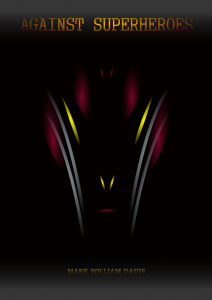 Section 7
Section 7
With Chapter 4 we see a combination of narrative forms. There is, first, the factual discussion of the details of the archaeological dig itself. There are the problems that arise from the details of the ground, the water, the shaft, the descent. These problems and the detailed resolution of them lend to a sense of consistent realism concerning the tasks at hand in the everyday lives of the protagonists. The level of detail is strikingly at odds with the other primary narrative form: Sinister’s soliloquy on the symbolism and history of other deities. The position of these paragraphs juxtaposed amongst the more detailed discussion has produced several potential explanations, the most important of which was the requirement for presaging the unknown technology and its role in past conflicts. While there is an element of that, as a memoir presenting a linear sequence of developments (remember that he was concerned about that presentation), it is equally plausible that his recollections were merely jumbled and possessed of a certain confused emotional state.
The content of the soliloquy is worth further analysis. The primary descriptions are of conquest of people and their gods against others. There is a spreading out of the various factions, Hellenists, Israelites, Romans, etc. They are constantly at war with one another and the more powerful gods subjugate the less powerful. The subtle indication that amongst at least some of them, the Hellenists, that the gods were somewhat distant to them is of particular interest because it begs the question of how, amongst all the spirits and entities that are referenced, they were applied during war? What means of attack and influence did they have that apparently led to them conquering Yahweh and others?… Read the rest